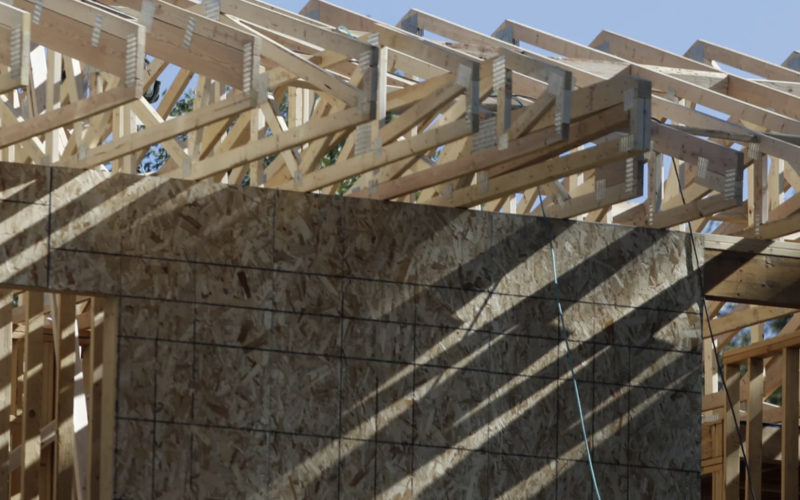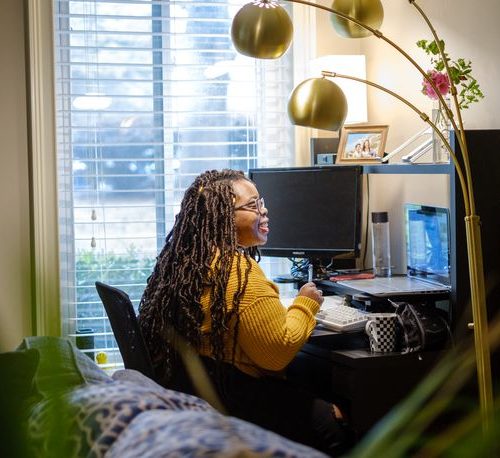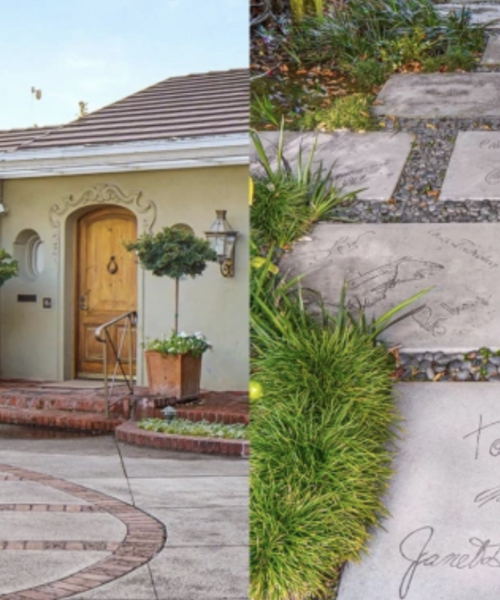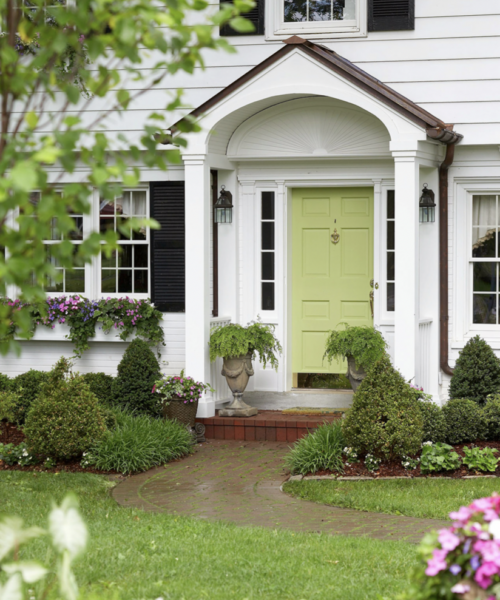Staff, Arizona Republic
Troy Warren for CNT
Prices for homes and apartments are rising higher and higher in the metro Phoenix area. Here’s what homebuyers and renters need to know.
Prices for homes and apartments are rising higher and higher in the metro Phoenix area.
Prospective homebuyers are scrambling to find listings that fit their budgets as the number of properties for sale stays far below demand.
Homeowners are happy as their equity rises, but affordability is a big concern in the market.
The ability to work remotely has made Phoenix even more appealing for people who may have lived in less affordable cities in California, for example, or who wanted to relocate somewhere with milder winters.
Rentals are readily available in many of the new higher-end apartment complexes, but people looking for more affordable monthly prices have a more difficult hunt.
Hot ZIP codes are sprinkled throughout the Phoenix area. Peoria’s 85342 ZIP code saw the biggest jump in home prices during the past year. The area’s median shot up 42.4% from March 2020 to hit $292,000 in March of this year.
Chandler’s 85249 ZIP ranked No. 2 for the biggest home price gain, with a 39.4% jump to a median of $585,000.
In ZIP 85253, home to Arizona’s priciest community Paradise Valley, the median price climbed 34.8% to $2.15 million.
In north Scottsdale’s 85262, another high-end housing area, the typical price rose 34.3% to $1.175 million.
Tying for No. 5 with 34% price increases are the central Mesa area, 85205, with a median of $335,000, and the Phoenix neighborhood around Sky Harbor International Airport, 85034, at $268,000.
And the region’s high-end market remains robust, with estates in Paradise Valley and Scottsdale reflecting the cutting edge of luxury.
Here are some stories that can give you the lowdown on the area’s housing market.
Buying a home in metro Phoenix
When will metro Phoenix’s hot housing market get better for buyers? Buyers have been beat down by bidding wars, rapidly rising prices, low appraisals, fewer and shorter open houses and reluctant sellers. The supply of homes for sale is inching up for the first time since December.
Demand for new homes in metro Phoenix soars: New homes are going up at the fastest rate since the housing boom. But here’s why buyers are stuck on waiting lists with 50 people ahead of them.
Home prices hit new record: Bidding wars for a shrinking supply of homes for sale are driving up prices. Houses are selling before they are even listed, and buyers pre-approved for mortgages are losing homes to those who pay cash and close fast. Here’s why buying a home is tougher than ever.
2020 was great for metro Phoenix homeowners but bad for renters: Metro Phoenix homeowners saw equity rise the fastest since the boom, while climbing rents hurt many renters struggling during the COVID-19 pandemic.
What is that home worth? Visit azcentral’s StreetScout.com to search for information on home values, neighborhoods and more in metro Phoenix.
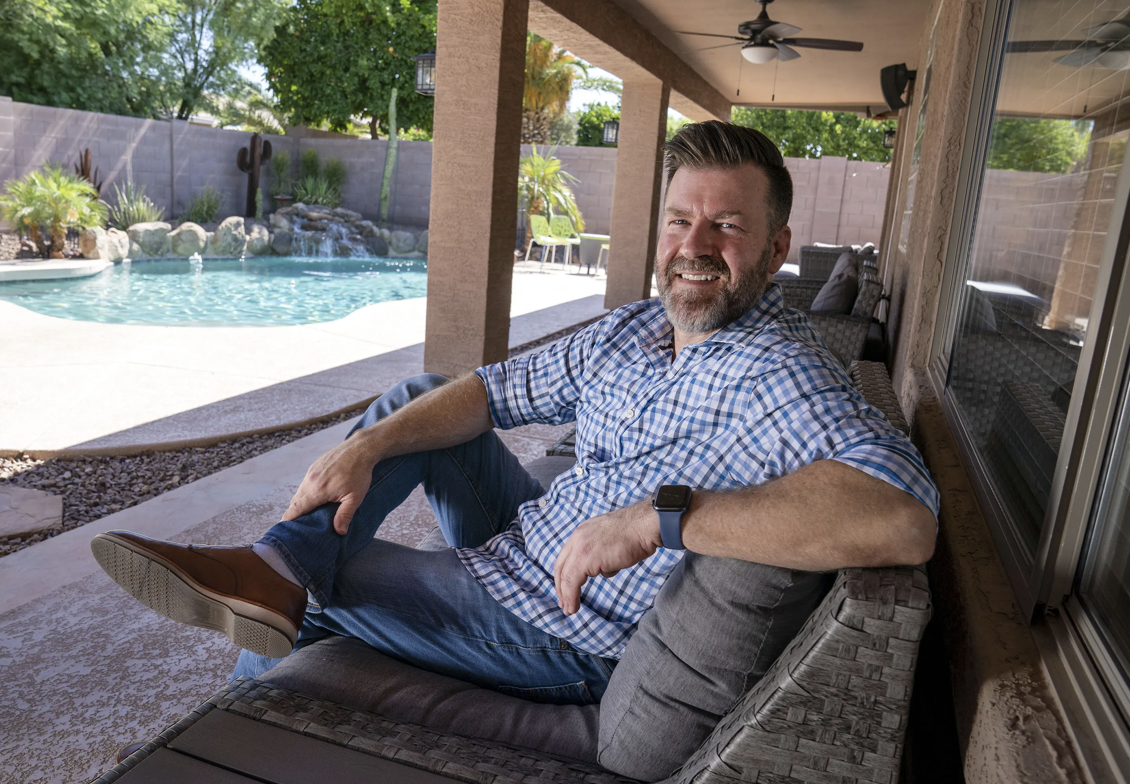
Phoenix’s housing market is hot. Here’s one man’s plan
Timm Wright is about to list his three-bedroom, two-bath Gilbert home for almost $520,000 and then buy a new Phoenix home.
Housing affordability in metro Phoenix
How to fix Arizona’s affordable housing crunch: The state had a shortage of affordable housing before the pandemic. Evictions made it worse. Rental aid will help many but won’t fix the problem. ASU’s Morrison Institute for Public Policy and Trellis, one of Arizona’s oldest housing nonprofits, both have ideas about what can be done.
Affordable rentals under construction in Phoenix, Scottsdale: More than 500 affordable homes are under construction in metro Phoenix, at a time they are needed most. Here’s where projects are going up.
Renting in metro Phoenix
Why Phoenix area rents are almost certain to keep rising: Rents are falling by double-digit rates in pricier cities such as San Francisco, Seattle, Chicago and New York, but the average metro Phoenix tenants are paying 5% more than they did a year ago.
How to apply for Arizona renter aid: Struggling renters and landlords can apply for almost a half-billion dollars in federal aid. The money can be used for unpaid and future rent and utilities. Eligible households can get up to 12 months of aid.
In Other NEWS


























